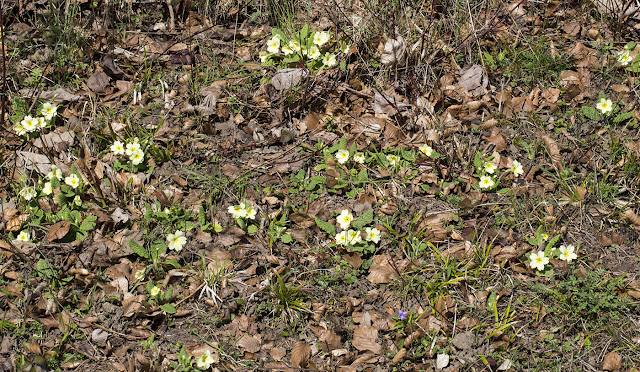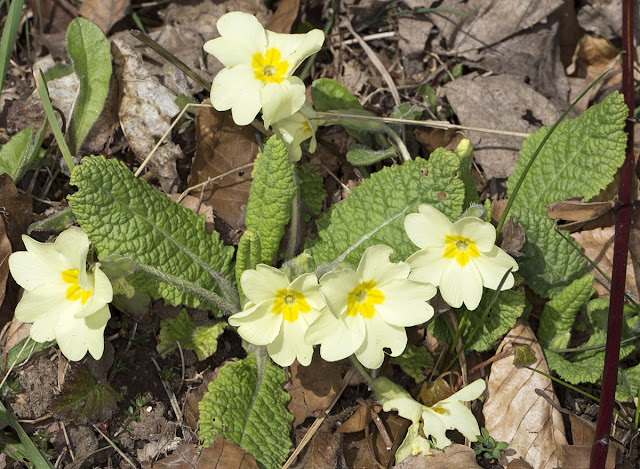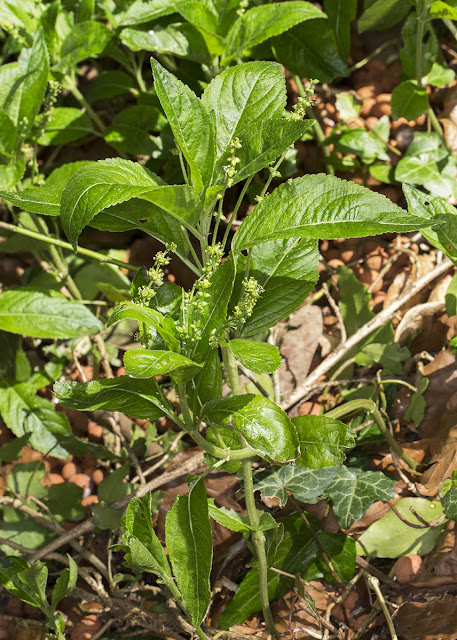 |
| Double-striped Pug, Gymnoscelis rufifasciata. Hayes, 16 April 2013. |
 |
| Brindled Pug, Eupithecia abbreviata. Hayes, 16 April 2013. |
At last, some moths! I saw a couple in January, but it has been so cold since that nothing has turned up. But suddenly it is a bit warmer, and here are a couple of Pugs, tiny delicate moths that tend to not actually enter the trap, but settle on or near it.
The Double-striped was on the wall nearby, and the Brindled was on one of the plastic sheets that form the slippery slope to the interior. Clearly, moths do not find it all that slippery after all.
 |
| Early Grey, Xylocampa areola. Hayes, 16 April 2013. |
The Early Grey was inside the trap, resting under an egg-box, but was readily persuaded to sit on some bark for a photo.
On the same night, the bigger and more powerful Robinson trap was put out on West Wickham Common. Unfortunately its top blew off towards the end of the night. Perhaps because of this, there were only two moths present, both of them Oak Beauties. (For scale, that's the edge of my thumbnail at top left.)
 |
| Oak Beauty, Biston strataria. West Wickham Common, 17 April 2013. |
But a bit of wind doesn't usually deter moths. And this one was in the grass nearby, so the state of the trap was irrelevant to it. So perhaps there was some other reason for the low count.
Anyway, we didn't see an Oak Beauty here last year, probably because we started trapping after their usual flight time, so this is an addition to the species list. They are not restricted to oaks as larval food plants, but this site is on the edge of an oak wood, so these specimens probably grew up feeding on their namesake.




















